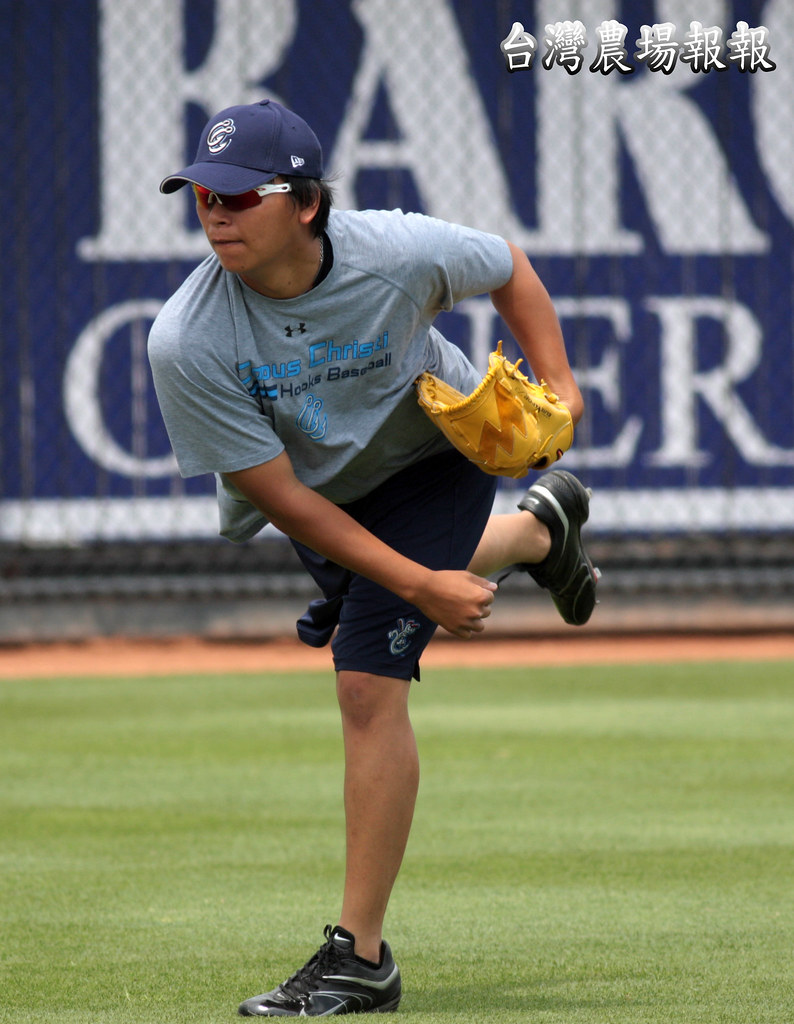 Usually one of the first questions asked when a pitcher is injured was whether he was overworked. As we will see in this article, the answer to this question depends on which level the pitcher is currently at. Let's take a look at Lo's workload so far this year
Usually one of the first questions asked when a pitcher is injured was whether he was overworked. As we will see in this article, the answer to this question depends on which level the pitcher is currently at. Let's take a look at Lo's workload so far this year| Date | Apr. 8 | Apr. 12 | Apr. 15 | Apr. 18 | Apr. 22 | Apr. 26 | Apr.30 |
| Innings | 2.0 | 2.0 | 2.2 | 2.2 | 2.0 | 2.0 | 1.2 |
| Pitches | 30-40 | 40-50 | 58 | 30 | 20 | 38 | 32 |
When I first saw these numbers my first reaction was that he had been overworked since relievers should only pitch one inning per outing. However, I realized that was due to the fact that I was used to watching major league games. A closer look at the numbers reveals that he always had at least 2 days of rest between appearances and his pitch counts were within normal ranges. Extrapolating to a full season, Lo would have pitched around 60 innings which would be below that of a major league reliever. This illustrates one of the big differences between the majors and in the minors. In the minors the priority is development and the best way to develop relief pitchers is to give them more opportunities. Pitching multiple innings helps a pitcher gain more "feel" and experience. Also since every reliever's appearance is scheduled and not due to game situation he is able to better take care of his arm since he doesn't have to pitch on consecutive days or go several days without pitching and then have to pitch multiple innings.
So if Lo's workload appears normal were there any other indications that he might have been injured? A look at his BB/9 shows that it rose from an already high 4.6 last year to 6.0 this year. Taking into account small sample size for this year, his BB/9 should have fallen considering he was repeating AA and more familiar with the level of competition. Assuming that is the norm, then one conclusion was that some injury was hindering his control. Elbow problems are known to contribute to poor control and Lo's forearm problems is an indication of future elbow problems. Perhaps the Astros also saw his loss of control and came to the same conclusion and put him on the DL before he developed elbow problems. Or perhaps Lo mentioned pain or the team physician saw something was wrong. We don't really know which was the case without inside information.
Since we can rule out workload as a cause of injury and we only know of his poor control as an indication of injury, so what was the true cause of his injury? Without more information I can't answer this question. It might be due to injuries accumulated during his college days, a change in mechanics, a problem stemming from his shoulder injury last year, or any combination of other factors. Sometimes pitchers get injured for no apparent reason (especially young pitchers). Lo's injury, however, seem relatively minor and he should be back in about a week or so and hopefully he can finish the rest of the season injury-free and in Houston.
So if Lo's workload appears normal were there any other indications that he might have been injured? A look at his BB/9 shows that it rose from an already high 4.6 last year to 6.0 this year. Taking into account small sample size for this year, his BB/9 should have fallen considering he was repeating AA and more familiar with the level of competition. Assuming that is the norm, then one conclusion was that some injury was hindering his control. Elbow problems are known to contribute to poor control and Lo's forearm problems is an indication of future elbow problems. Perhaps the Astros also saw his loss of control and came to the same conclusion and put him on the DL before he developed elbow problems. Or perhaps Lo mentioned pain or the team physician saw something was wrong. We don't really know which was the case without inside information.





沒有留言:
張貼留言